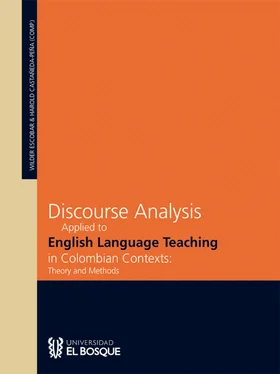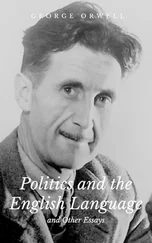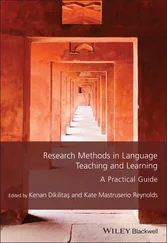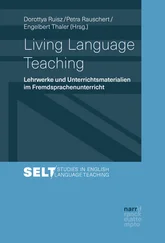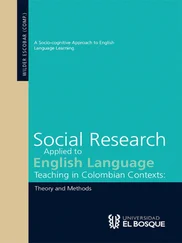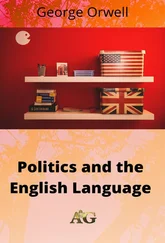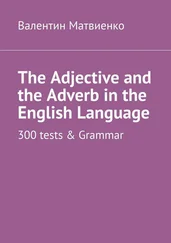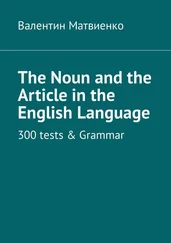However, symmetry and level of formality do not completely trace out what classroom language and conversations are because the last two are always embedded in the expression and construction of social meaning and it is there, in the construction of social meaning, where the level of formality may also vary. This last statement implies a deep epistemological discussion to formally characterize both symmetry and level of formality as part either of the structural or the pragmatic (and even the stylistic) level of classroom discourse and conversation. Although this chapter does not aim at being part of such enquiry, it seems to be appropriate to ask, as Sinclair and Coulthard did, about “how far different educational levels anticipate different types of discourse” (1975, p. 114), and how different kinds of conversation that might or might not share different textual patterns anticipate differences as well. This agrees with Van Dijk’s (1981) idea about what discourse studies should additionally accomplish because, as he stated, “an interactional analysis of discourse will not only be concerned with structural or functional properties of dialogues. It will especially have to indicate what the various social contexts of these structures and functions are. Not any conversation can take place in any context” (Van Dijk, 1981, p. 6).
Two concepts should be additionally explored: text and discourse. The distinction among them is necessary to move towards an understanding of myriad explanations about discourse analysis. According to Fairclough (1995), there is a common understanding for discourse analysis about what a text is; in his own words: “a rather broader conception has become common within discourse analysis, where a text may be either written or spoken discourse” (Fairclough, 1995, p. 4). It could be assumed then that discourse contains texts or rather that discourse is made out of texts. A newspaper, for example, is a written discourse about recent happenings (most of the time) that are texts contributing to the construction of a broader discourse. By the same token, the study of classroom discourse is the study of discourses made out of classroom-generated texts. In that sense, a lesson could be considered a discourse that is constructed by sequential texts structured by the interaction of teachers and students in the classroom. Consequently, classroom discourse is also text-context situated. This is what allows a dialectic interrelationship between the speech producers and their situated discourse. As Fairclough (1995) asserts, language use is “imbricated in social relations and processes which systematically determine variations in the properties of language, including the linguistic forms which appear in texts” (Fairclough, 1995, p. 73).
Although the limits between properties such as symmetry and level of formality and concepts such as text and discourse seem to be blurred, they still help us to understand that classroom language and conversations are not the same, especially when properties and concepts are applied to real pieces of language interaction or when approached by different streams of discourse analysis, as will be shown below. There are also different structural, functional, social and ideological levels in discourse. For example, a teacher might claim to be democratic in his/her classroom; this involves an idea (ideological level) of a specific human being he or she shares and wants to perform his educational practice within such a framework (social level), but his/her discursive actions (functional level) may be proven as contradictory because of the speech acts (structural level) used while teaching. As a consequence, those levels should be seen and examined in light of discourse analysis theory. Such theory might be qualified as critical.
The previous considerations will not be discussed any further due to the descriptive and exploratory purpose that this chapter has at this stage. However, the fact that many things, in Potter’s view (2002), are called discourse analysis constitutes a reference to revisit the investigations made through such an approach. The next section will outline discourse analysis in general educational settings and the feminist post-structuralist approach as part of additional ontology and epistemology behind it.
Discourse analysis in general educational settings
In this section I will include brief reviews about discourse analysis from the standpoint of traditional linguistic theory and from functional perspectives within the educational setting. The review will be as chronological as possible and will include feminist post-structuralist approaches to discourse analysis because of the educational settings and academic subjects these theories have normally dealt with (academic writing, mother tongue, etc.). In that sense, only two researchers will be quoted here. However, it is known that there exists a sizeable quantity of feminist literature appealing to the use of discourse analysis and other methods to analyze gender in several contexts that are not related at all to education. The review I am proposing is exploratory and does not pretend to be extensive in nature but rather illustrative of how general educational contexts have been studied through discourse analysis.
Bellack’s work (1966) could be placed at a foundational level for the studies of classroom language. It is a valuable piece of research not only for the interesting data analysis it provides but also for the theoretical framework used to support the research. Bellack bases his research on the concept of teaching cycle. The teaching cycle allowed him to describe classroom discourse “as current sequences in the verbal exchange among teachers and students” and this concept also allowed him “to describe the ebb and flow of the teaching process as it develops over time.” (Bellack et al, 1966, p. 5). The study was conducted while a unit of study was developed with 15 different high school classrooms involving 345 students. Bellack concludes that there is a strong correlation between dimensions of classroom discourse and dimensions of learning and suggests that research about discourse analysis in the classroom should address not only descriptive issues of such language but should also “describe the variety of outcomes that might be associated with classroom activity” (p. 235). Finally, the author asserts the existence of five rather general rules in the language game of teaching and frames language teaching within the theory of language games proposed by Wittgenstein. First, those rules imply that structuring, soliciting, responding and reacting are pedagogical moves and all of them are used in different proportions on a teaching unit. Second, it is the teacher who leads the game; students play a rather passive role in the game. Third, the teaching unit is about a substantial matter structured by the teacher. Fourth, players (teachers and students) use a referential approach to the subject matter and instead of interpretive tasks performed in the classroom there are just factual presentations and their corresponding explanations. Fifth, the degree of game success depends on the degree of commitment of both kinds of players: teachers and students. Interestingly enough, this research depended a lot on statistical analysis of frequency. Bellack’s major contributions to the field of discourse analysis are his concepts of teaching cycles and moves, both units of discourse. The latter unit included a hierarchical structure supported by different types of moves such as soliciting, responding, structuring and reacting which will later be redefined by Sinclair and Coulthard; these concepts will be explained below. The same research line was followed by a number of linguists whose work will be described in the following paragraphs.
In their seminal work, Sinclair and Coulthard (1975) point out that studies concerning classroom interaction started back in the 1940’s when some studies about conversation were also part of scholars’ interests. These two linguists define their analysis “as primarily sociolinguistic” (p. 9) under the influence of the theory of speech acts related to language functions. Potter (2004) argues that Sinclair and Coulthard (1975) took on the challenge of constructing a model “to make sense of discourse structures in a whole range of different settings” (p. 201). They followed Bellack’s concept of pedagogical move to characterize the limits among utterances. According to Bellack (1966, p. 6) classroom verbal behavior could be a language game. Any game implies a structure and requires from players strategic moves to accomplish goals as they play. Based on these ideas of moves to play a structured game Sinclair and Coulthard (1975) identified the initiation, followed by a response which is again followed by feedback as a typical classroom exchange. The next example shows how an exchange may have different moves:
Читать дальше
